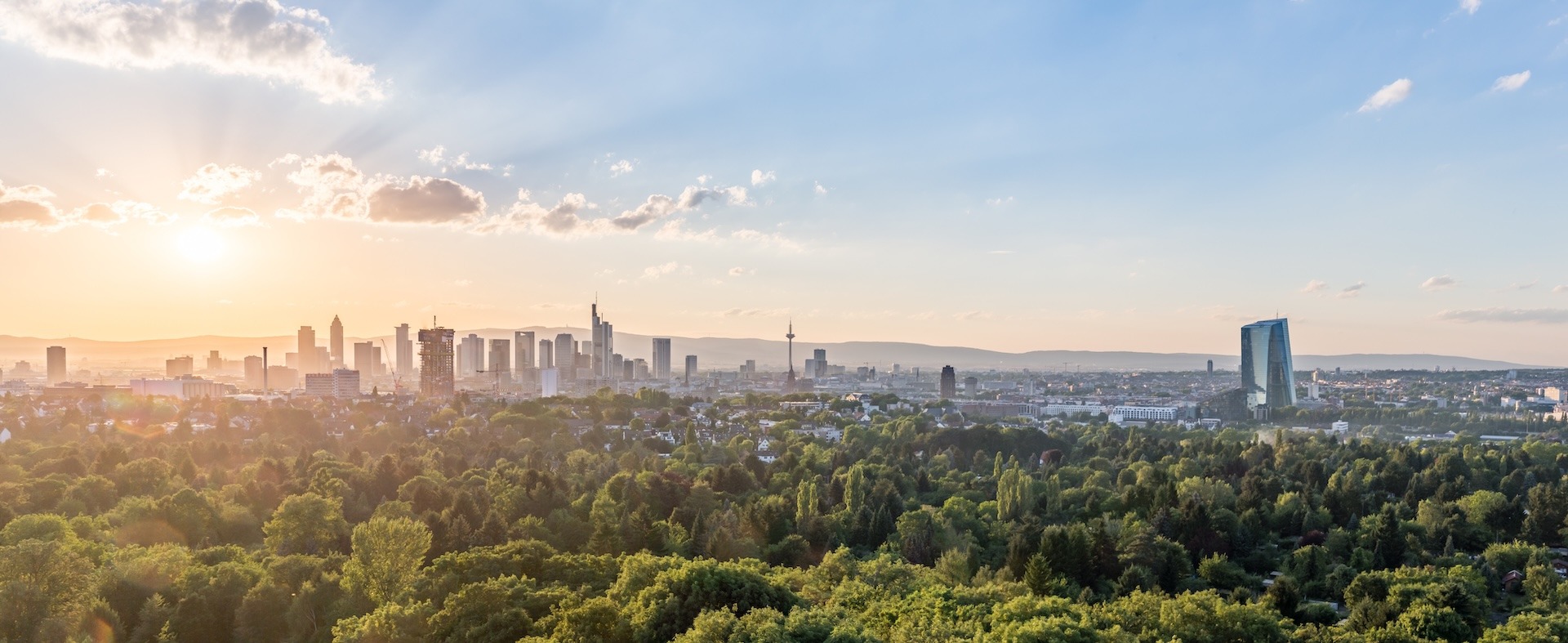What is the difference between a leasehold and a freehold property?
There are two ways you can own a property in the UK, either leasehold or freehold.
- Freehold means you own the property AND the land it is built on.
- Leasehold means you own the property but NOT the land it is built on.
Buying a freehold property in the UK
When you buy a freehold property, you have outright ownership of both the property you purchase and the land it is built on.
As a freeholder, you are fully responsible for the upkeep of the property, including any structural maintenance, pest control and condition of communal areas as well as the buildings insurance.
If you buy a freehold house, you will be the only freeholder. If you buy a freehold flat, where there are multiple properties in one building, you will own a share of the freehold.
There are two ways you can own a share of freehold, either:
- Up to four individuals can share one freehold
- A limited company can be set up which owns the freehold, and individual property owners can own a share in the company
Buying a leasehold property in the UK
When you buy a leasehold property in the UK, you own the property you have bought. However, the land on which your property is built is owned by the freeholder. Your freeholder might be the developer, a local authority or – more commonly in recent years – an investment company.
As a leaseholder, you will have a legal agreement with the freeholder, known as a lease, which will state how many years you will own the property for.
You will have certain responsibilities as a leaseholder which will be outlined in your lease agreement, along with any costs you may need to pay the freeholder (who owns the land) such as ground rent and service charges for the upkeep and maintenance of the property.
There may also be restrictions placed on you as a leaseholder, such as no pets, not being able to rent out your property or being prohibited from making certain structural changes.
When you purchase a leasehold property, you are purchasing an existing lease agreement with a set number of years remaining. When they are created, lease agreements can be any length between 150 and 999 years.
If the number of years remaining on a lease agreement are running low, this is likely to be reflected in a much lower asking price for the property. Therefore, if you see a property that feels exceptionally cheap compared to others in the area, check the number of years remaining on the lease.
Lease agreements can be renewed with the freeholder, but there are usually high costs associated with renewal.
Once there are fewer than 75 years left on a lease agreement, properties can become difficult to sell as mortgage providers are reluctant to lend against them. Therefore, it is a good idea to look to renew your lease when there are around 80 years remaining.
If you do not renew your lease and it comes to an end, ownership of the property returns to the freeholder. Even if you have lived there for decades and paid off your mortgage, you will lose the right to remain in the property when the lease expires.
While it’s possible for leaseholders in small developments to club together and buy the freehold, or own a share of freehold, this is not generally the norm as the process can be complex and expensive.
Proposed leasehold reform in the UK
In the UK, it has historically been the standard for flats, particularly those in larger buildings, to be sold on a leasehold basis.
However, over the years, the leasehold system has come under heavy criticism due to its potential for exploitation from profit-driven companies. For example, in some cases, lease agreements have included punitive clauses such as the doubling of ground rent every few years. Practices like these can leave leasehold property owners in financial limbo, struggling to sell or remortgage their homes.
The Leasehold and Freehold Reform Act 2024 outlined major leasehold reforms to create a more equitable and transparent system, including:
- Making it cheaper for leaseholders to either extend their lease or buy their freehold
- Increasing the standard lease extension term to 990 years (this is a significant increase from the current 50 years for houses and 90 for flats)
- Completely phasing out leasehold ownership for new houses built in England and Wales
- Providing more transparency around service charges and making it easier and cheaper for leaseholders to take over management of their building
- Encouraging a commonhold system, where every flat owner owns their property outright along with a share of the building and the land it stands on
While The Leasehold and Freehold Reform Act 2024 became law in May 2024, it is yet to be implemented. As of March 2025, the existing laws around leases still stand.
Before July 2025, there will be a Judicial Review hearing which will allow freeholders to challenge the impact on their income streams that these reforms would have.
Sources: NatWest, Homeowners Alliance

